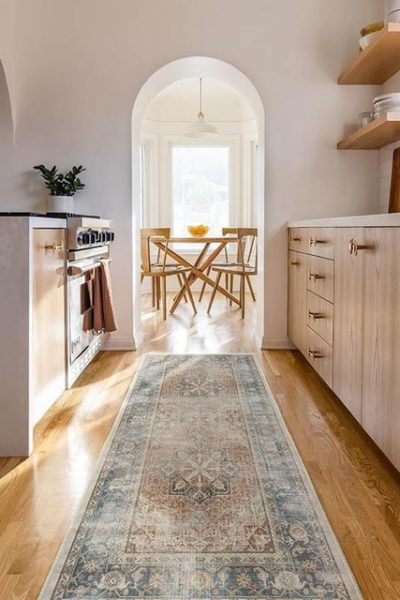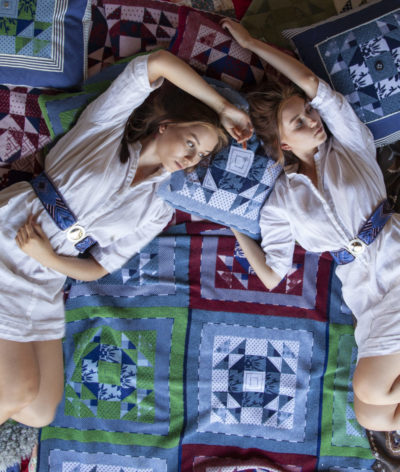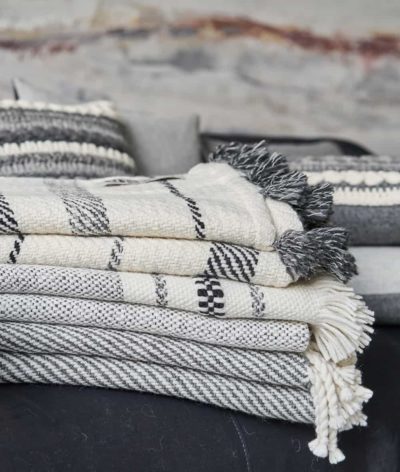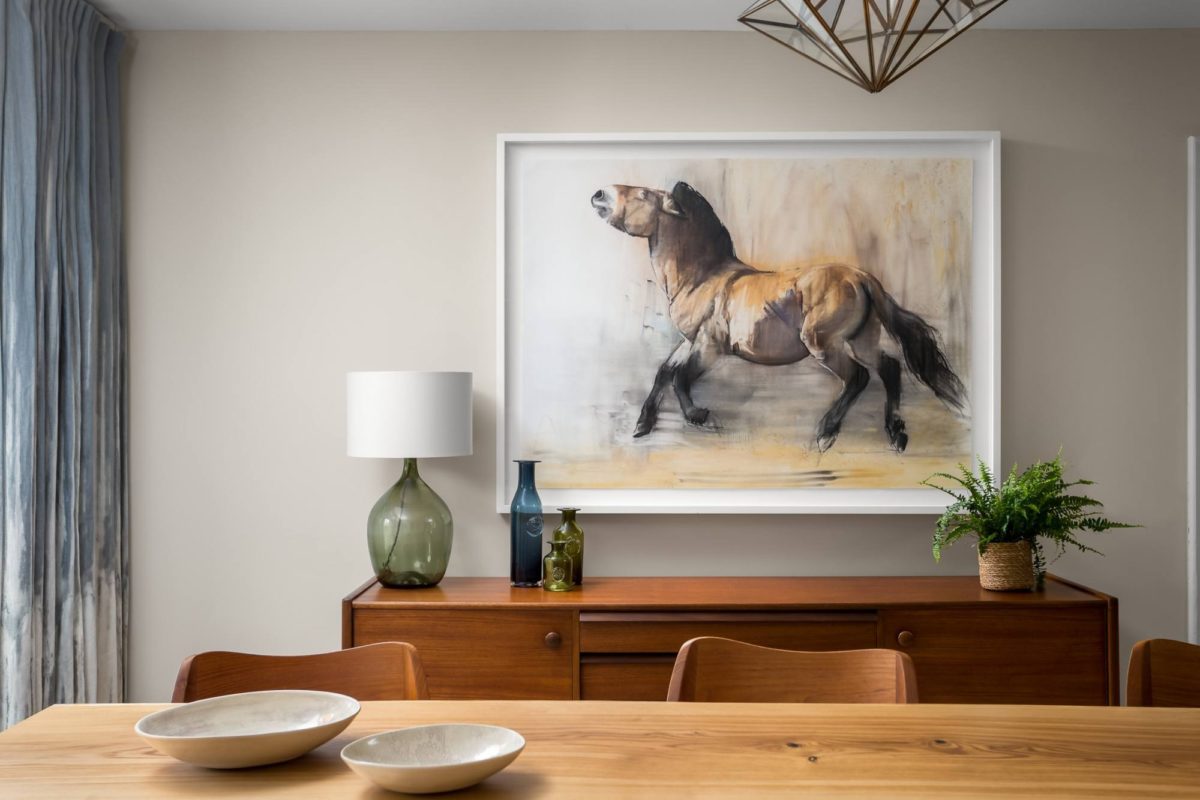Sustainability and climate change seem to be on everyone’s minds at the moment, not to mention the rise in energy prices making sustainable interior design no longer a niche interest. As interior designers, we see many people wanting to make ethical, environmentally friendly choices without compromising on style.
We’ve put together this guide to sustainable interior design and some tips to keep the heating bills down.
Environmental design is not just reserved for grand designs with expensive heat pumps and solar panels. Whether you’re updating some rooms or completely remodelling you can give some thought to energy efficiency, environmental impact and waste reduction.
Maximum energy
So how do we keep our homes cosy without setting fire to £20 notes or killing the planet? Can we be ethical without feeling like we’re living in a Victorian gothic novel?
Insulation is key. If you’re doing major renovations then making sure your doors and windows are as insulated as possible, not to mention your walls and roof, is a good place to start. So make sure you ask your suppliers about heat transfer values and efficiency.
You’ll be delighted to hear that spending on soft furnishings can also save on your heating bills. 10 – 25% of your heat goes straight through your windows. Layer your windows with luscious fabrics of wool, or heavy textured linens – anything with a tight weave that won’t let the air through. These can be left open in the warmer months to open up the feel of your room. Make sure they are interlined, or use them in combination with a blind for maximum effect. A lighter blind can maintain privacy during the day and let in valuable sunlight, with heavier curtains keeping in extra warmth after dark.
It is also time to welcome back the door curtain. A heavy curtain, particularly in front of an old door with glazed panels or a draughty letterbox, will make a huge difference.
It’s worth having curtains made to measure. This will ensure that there is plenty of weight when they are drawn, and space on either side of the wall too, so no warm air can escape.
Also pay some attention to the flooring. Exposed floorboards look fabulous but can waste another 10% of your heat. Rugs are your friend here. A heavy wool rug, with a high stitch count, will look beautiful and keep your feet toasty warm. For carpets, we like The Alternative Flooring Company who make gorgeous carpets and have a commitment to ethical sourcing of materials and labour; and a reforestation project.
If you’re concerned about muddy shoes and paws, these rugs from Ruggable are the perfect the solution. They come in two parts, with the top part being machine washable. This means you can also alternate the designs without replacing the pad underneath; perfect if you want a different look for summer. Last year, they also planted 100,000 trees to offset their carbon emissions.
We are also big fans of antique rugs in living areas and halls – the mix of old and new looks wonderful.
Think about your furniture placement too. Internal walls are obviously the warmest, so it’s probably a good place to put the bed. Also make sure the warm air has room to circulate. Don’t hide radiators with furniture, or push furniture right up against the wall. There are some beautifully designed column style radiators on the market so you don’t need to compromise on style to show them off.
It’s worth thinking about how warm you need or want your rooms to be. Smart home innovations such as Hive can operate your heating and lights remotely, and you can set a different temperature for every room.
Your bedroom should ideally be around 4 degrees colder than lounging areas. Turn the radiator down and invest in a top quality duvet or extra blankets. Keep your bathroom cosy on the other hand with underfloor heating and a heated towel rail.
Do you really need to be sitting in a T-shirt in December? We would far rather have the room slightly cooler and invest in some beautiful woollen blankets to snuggle under than be stifling. The alpaca and cashmere throws from So Cosy and Oka are just the thing for a chilly night. Although materials are sourced from Peru and Mongolia, they are committed to supporting the local craftspeople and use only natural dyes. There are also plenty of companies using only locally reared British wool – if carbon footprint and locally sourced materials are a priority for you. Cotswold Knit creates beautiful knitted homewares in small batches.
Tread softly
It’s not just your heating bills you need to worry about. The environmental impact of the things we buy and consume needs to be carefully thought through.
Wood burners are not a straightforward choice for example. On the one hand they mean you can just heat the room you are in, rather than the whole house, and they use sustainable rather than fossil fuels, which is a win. On the downside, they do make a significant contribution to indoor and outdoor pollution levels, with some urban areas banning all but the most efficient models. From next year, all new stoves will have to meet eco design requirements. However, if you’re in a rural area, and your heart is set on one, make sure your chimney is kept clean and, where you can, buy locally grown kiln dried wood. This creates far less pollution than ‘wet wood’ and has less impact.
It’s good to know that some other items in your home tread lightly on the environment. Materials such as cork, bamboo and rattan are fast growing and very sustainable, so much better than hardwood alternatives which take many lifetimes to grow. Where possible always buy wood from certified renewable forests.
Natural fabrics such as linen and cotton feel like they are a much better choice. But again look for ethical policies around use of fertilisers, water and human rights issues of the growers.
Natural stone, despite taking millions of years to produce, is a sustainable choice. It doesn’t contain harmful toxins or chemicals and can be locally sourced and delivered, reducing your carbon miles. We are blessed in The Cotswolds to have beautiful stone as our local building material.
Waste not want not
Finally, a commitment to sustainable living is the perfect opportunity for a little antique or salvage shopping.
We loved everything about this mid-Century design project, seeking out vintage furniture for our client that would be central to the room. A dresser, beautiful table or antique headboard will transform any room with minimal impact on the planet.
Investing in quality, beautiful pieces that will last a lifetime is essential if we are to move away from a disposable, fast fashion economy that is clogging up our landfills and oceans. We are committed to helping our clients create a beautiful, comfortable home that will also help them sleep at night.
We hope we’ve given you some ideas. We can advise you on the best way to use your space and we can help you shop too. Simply click here to phone or drop us a line – we’ll be delighted to help.





